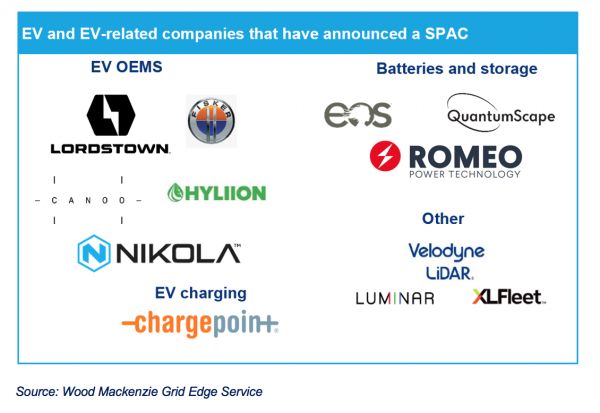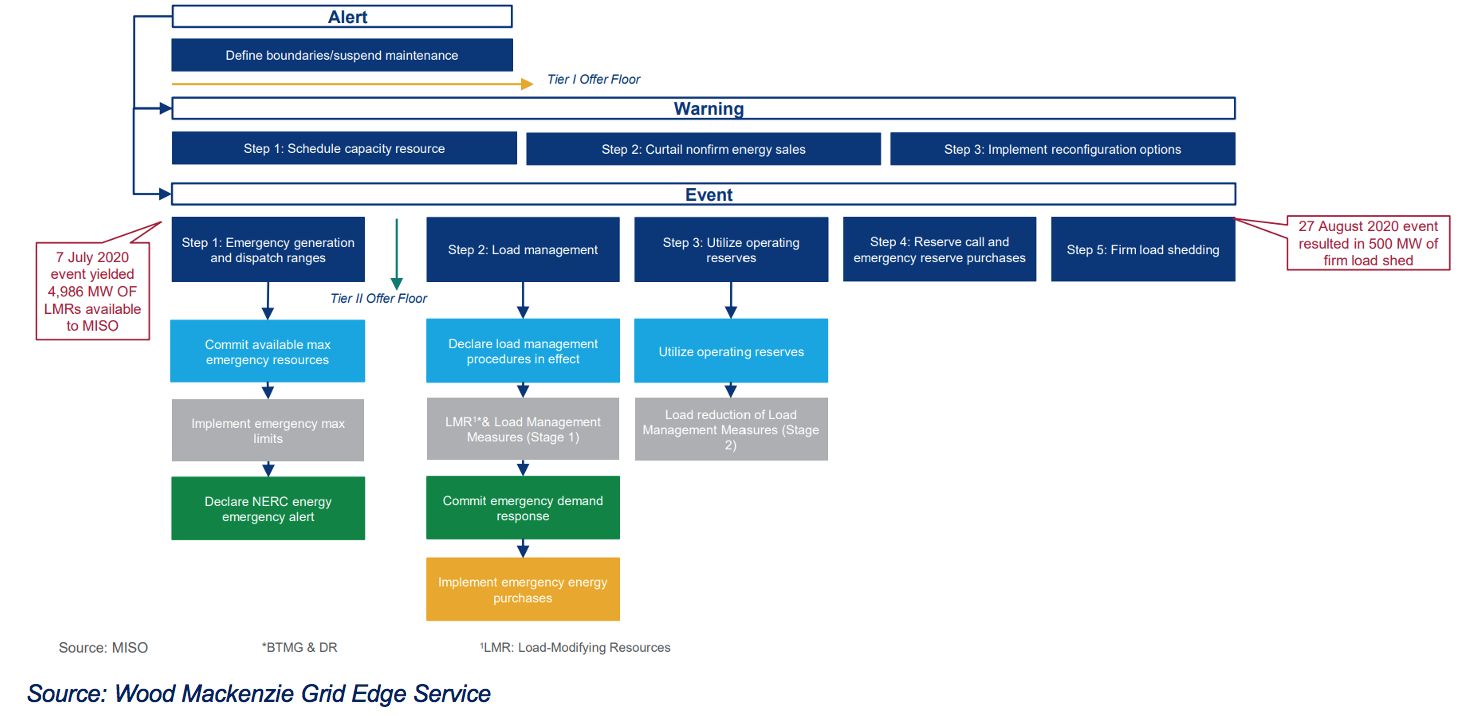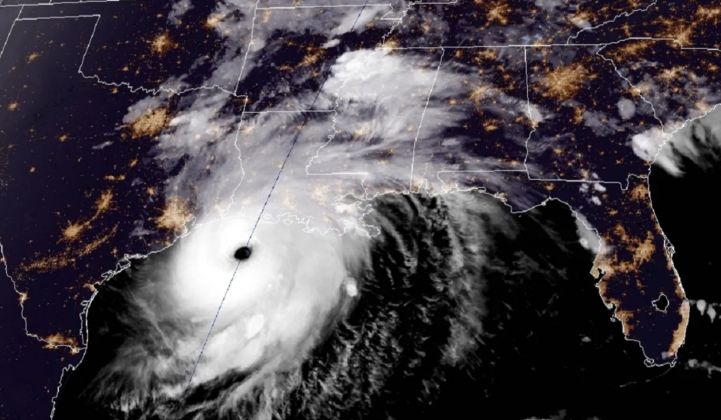Each quarter, Wood Mackenzie’s grid edge analysts release an update on what’s going on in the markets they cover. From the new quarterly update, which covers everything from microgrids to home energy management to EV charging, Wood Mackenzie selected three key highlights to share with Greentech Media.
1) SPACs are on the rise in cleantech
EV companies are embracing a new way to raise capital.
So far in 2020, at least 12 EV and EV-related companies have completed or announced their intent to go public via a special purpose acquisition company.
SPACs are not a new way to raise capital. But they've really gained traction in cleantech starting in Q3 2020. That's especially notable since the grid edge venture capital and strategic investment space has been fairly quiet overall in 2020.

Here's how it works: Investors put money into a SPAC, which then goes public. Funds raised from the initial public offering are used to acquire a company, which then becomes public itself through the acquisition process. That gives the company a fresh injection of capital while providing liquidity for investors.
In one example, ChargePoint announced its merger with Switchback Energy Acquisition Corporation just a month after raising a $127 million venture round. According to its investor presentation, ChargePoint was booking revenue but needed the SPAC funds to expand its geographic presence and enter new markets in order to become profitable in 2022.
Most companies in the EV market that are pursuing a SPAC are in a similar boat. Their products are hardware-based and they have customers and revenue, but they need more capital to become profitable and may have exhausted other funding options.
The EV industry is still in the growth stage where adoption is high enough to drive technology innovation and spur new business models, but it's not high enough for a hardware-centric company to be profitable, making SPACs a good option for some.
2) Demand response is being used to mitigate U.S. climate-change-related energy deficits
Q3 was marked by multiple climate disruptions. Two U.S. independent system operators faced severe weather events that triggered their emergency responses to reduce and meet demand over the summer.
Wood Mackenzie observes that utilities are increasingly relying on demand response to dispatch capacity during these climate-change-related energy deficits.
One example came in July when higher-than-average temperatures resulted in high system demand in the territory of the Midcontinent Independent System Operator (MISO), which has been reforming its demand-response regime. MISO worked with transmission owners to yield 4,986 megawatts of demand response to meet the capacity shortfall (although the demand response ultimately was not needed).
The following month, MISO prepared for Hurricanes Marco and Laura by assessing implications for generation, transmission and imports, and by pre-positioning assets unable to withstand hurricane impacts. Depletion of operating reserves and transmission congestion resulted in 500 MW of load being shed, the last resort in MISO’s capacity emergency responses after emergency generation, load management, using operating reserves, and emergency reserve purchases.

Similar last-resort steps were taken in California in August when extreme heat led to state grid operator CAISO instituting rolling blackouts. As a result, just under 1,500 MW of load was shed between August 14 and 15.
In response, four demand response aggregators participating in the state's Demand Response Auction Mechanism (DRAM) dispatched 410 MW during this deficit. In total, DR was called up an unprecedented 70 times in California between August 14 and 20.
Historically, most demand response has been carried out with commercial and industrial customers' assets and residential load control devices. But the growing number of smart thermostats, smart water heaters, EV chargers and behind-the-meter batteries are changing the nature of demand response in California and driving state policymakers to consider new methods to enlist them in times of grid deficits.

3) Hints of DER clarity thanks to FERC Order 2222
Another highlight from Q3 with significant impacts across grid edge sectors is the passage of FERC Order 2222, which Wood Mackenzie analysts expect to bring clarity to distributed energy resource (DER) market participation.
Wood Mackenzie’s Q3 Grid Edge Briefing notes that by 2025, DER capacity added since 2016 will be comparable to renewables on the bulk generation side — a measure of just how impactful Order 2222 could be for the grid.
Passed in September, Order 2222 is designed to enable DERs “to participate alongside traditional resources in the regional organized wholesale markets through aggregation.”
Going forward, in order to tap into potential value streams from DER capacity at the wholesale and retail levels, vendors with distributed generation, software solutions to optimize DERs, and utilities will find value in continuing and expanding on long-standing partnerships.
In creating the conditions for DERs to tap multiple revenue streams in wholesale markets and therefore improving their economics, Order 2222 provides further support for non-wires alternatives. Allowing orchestration and aggregation of resources both behind and in front of the meter could pave the way for standardization of non-wires alternatives deployments, leading in turn to increasing deployment rates.
***
Kelly McCoy is an analyst on the Grid Edge team at Wood Mackenzie. Each quarter, Wood Mackenzie Power & Renewables provides a comprehensive Grid Edge executive briefing, including an update and analysis of the key themes and developments you need to know about the grid edge ecosystem. Each briefing also includes a summary of recent investment and M&A activity.




